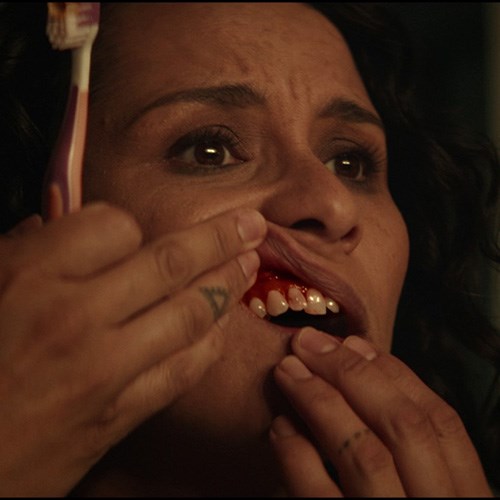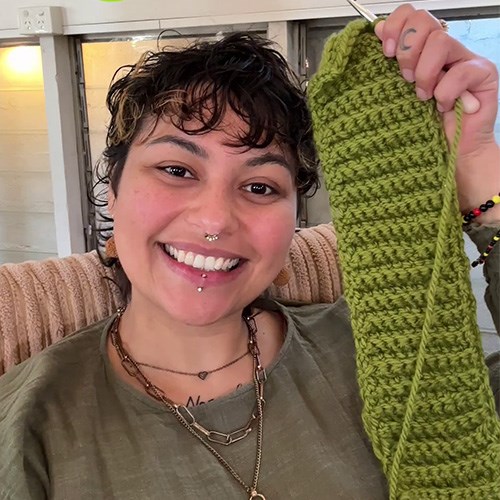Digital is in everything we do.
We build websites that convert, social campaigns that connect, and digital experiences that feel seamless and human.
We don’t just make things that look good, we make them work. And as behaviours shift, we shift with them. Fast, connected, results-driven.

Digital Services
Digital Campaign Strategy
Comprehensive planning to deliver the right message, to the right audience, at the right time. We ensure your brand presence is maximised across all digital touchpoints, driving meaningful engagement and results.
Paid Media & Paid Search
Driving awareness, traffic and conversions through expertly managed paid campaigns on Meta, Google, LinkedIn, TikTok and Pinterest. Our targeted, data-driven approach ensures your advertising spend delivers maximum impact.
AI-Enhanced Campaigns
Leveraging the power of artificial intelligence to optimise campaign performance, enabling smarter decision-making, personalised targeting and enhanced user experiences.
Web Design & Development
Designing and developing visually appealing, intuitive and responsive websites that deliver seamless user experiences. From campaign landing pages to full-scale websites, we focus on performance, aesthetics and functionality to achieve your goals.
Content Marketing
Creating compelling content that not only tells your brand story but also engages and educates your audience. We position your brand as a trusted industry leader through thoughtful storytelling that resonates and drives results.
Search Engine Optimisation (SEO)
Improving your website's organic search visibility through content optimisation, technical improvements and data-driven insights. Our approach ensures your website attracts the right audience and delivers conversions.
Analytics & Reporting
Tracking, measuring and analysing digital performance to provide clear insights and actionable data.
Let's talk
We help organisations solve meaningful problems.
Whether you’ve got a brief or just an idea, we’d love to hear from you.





